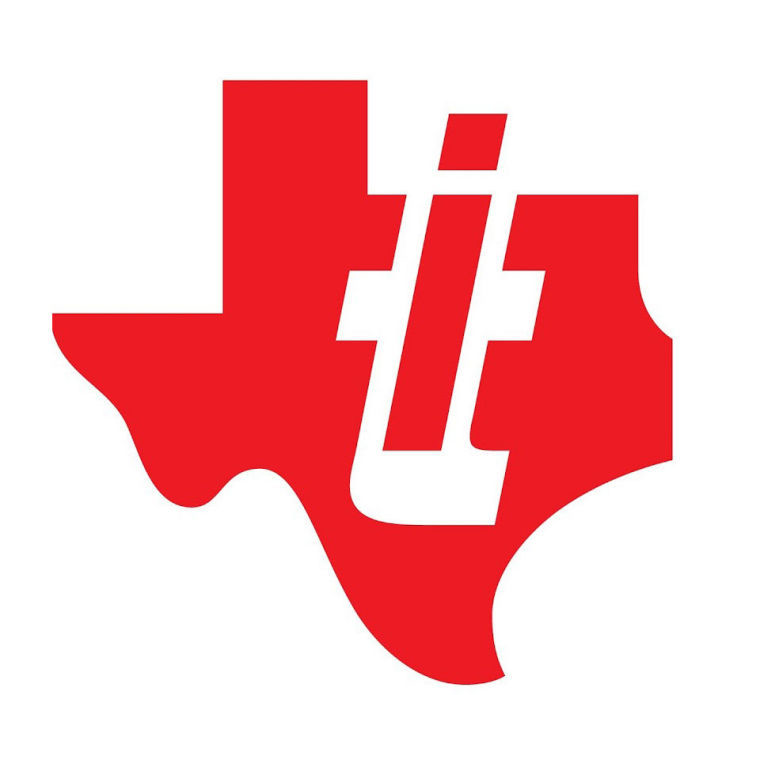OpenThread Border Router (OTBR) provides support for the BeagleBone Black (BBB) platform.
Hardware requirements:
- External 5V AC adapter for power
- An 8 GB or larger microSD card ("uSD card" in this guide)
- A supported OpenThread platform (such as the TI CC2652) for Thread network connectivity in an RCP design
Steps to enable:
- Download and install the OS.
- Prepare the Debian Environment for OTBR
- (Optional) Enable Wi-Fi
- Build and install OTBR
Download and install the OS
- Download the latest Debian IoT image for
BeagleBone.
- The version used for this guide was
bone-debian-10.3-iot-armhf-2020-04-06-4gb.img.xz
- The version used for this guide was
- Install the OS image on a uSD Card by following the BeagleBone getting started guide.
- Boot the BeagleBone and SSH into the device.
- Connectivity over a local Ethernet based network is recommended.
- The cloud9 IDE will be disabled later in this guide.
- This guide will change the state of BeagleBone network interfaces, be aware your secure shell session may disconnect.
- Modern BeagleBone bootloaders will run from the uSD card by default, but some BeagleBone Black devices may try to boot from the internal eMMC. Make sure to press the BOOT Button in this case.
For more detailed information on the BeagleBone, see the BeagleBoard Support Page.
Prepare the Debian Environment for OTBR
The filesystem for the uSD BeagleBone image is limited to 4GB to fit on most uSD cards. Expand the partition to enable usage of the entire storage capacity.
sudo /opt/scripts/tools/grow_partition.sh
You are encouraged to read that helper script to find out how the filesystem is expanded. You will have to reboot the BeagleBone and re-login to use this new filesystem definition.
sudo shutdown -r now
This will close your SSH session. Once you are logged back in you may skip to building the OTBR code.
(Optional) Enable Wi-Fi
Once logged back into the BeagleBone, install Network Manager:
sudo apt-get updatesudo apt-get install network-manager
Then disable connman and enable network-manager:
sudo systemctl disable connmansudo systemctl enable network-manager
If we were to stop connman directly here it would break the SSH session
because the network interface is managed by connman. Instead we configure the
system to take effect on the next boot. Now reboot the Beaglebone and re-login.
sudo shutdown -r now
Network Manager may not have setup the DNS name servers. Edit resolv.conf
with the command sudo vim /etc/resolv.conf and make sure the contents contain
the Google DNS and Cloudflare DNS:
nameserver 8.8.8.8 nameserver 1.1.1.1
Restart to make sure Network Manager is setup correctly.
sudo shutdown -r now
The WiLink 8 module does not like to have its MAC address changed at runtime.
Network Manager will try to do this when scanning. Edit the
NetworkManager.conf with the command sudo vim
/etc/NetworkManager/NetworkManager.conf and add the lines below:
[device] wifi.scan-rand-mac-address=no
The BBONE-GATEWAY-CAPE is not recognized by the BeagleBone by default because
of a pin conflict. Add the configuration manually by editing the uEnv.txt
with the command sudo vim /boot/uEnv.txt and make sure the following lines
match:
#Custom Cape dtb_overlay=/lib/firmware/BB-GATEWAY-WL1837-00A0.dtbo # #Disable auto loading of virtual capes (emmc/video/wireless/adc) disable_uboot_overlay_emmc=1 disable_uboot_overlay_video=1 disable_uboot_overlay_audio=1 disable_uboot_overlay_wireless=1 disable_uboot_overlay_adc=1
The BeagleBone wilink setup scripts try to use connman by default to enable
Wi-Fi AP activity. Edit the default configuration folder with the command sudo
vim /etc/default/bb-wl18xx and make sure the variables match below:
TETHER_ENABLED=no USE_CONNMAN_TETHER=no
Restart to make sure Network Manager can see the new interface.
sudo shutdown -r now
Once logged back in you can run ifconfig or nmcli to see the new wlan
interface.
Don't forget to pass the options NETWORK_MANAGER=1 and
NETWORK_MANAGER_WIFI=1 to the setup script in the next step to use Network
Manager.
Build and install OTBR
See Build and Configuration for instructions on building and installing OTBR.

